
Data
WiFi services. Networking. Connectivity. Infrastructure. Fibre and copper cabling. Decomissioning. Rationalisation.
Explore


Advanced Partnership Program
Litenet Insights
Stay Updated with the Latest in Technology, Trends, and Customer Solutions.
Posted: 25 November 2025
Why mobile coverage is now critical for customer service
Connectivity, Internet, Mobile, Telephony
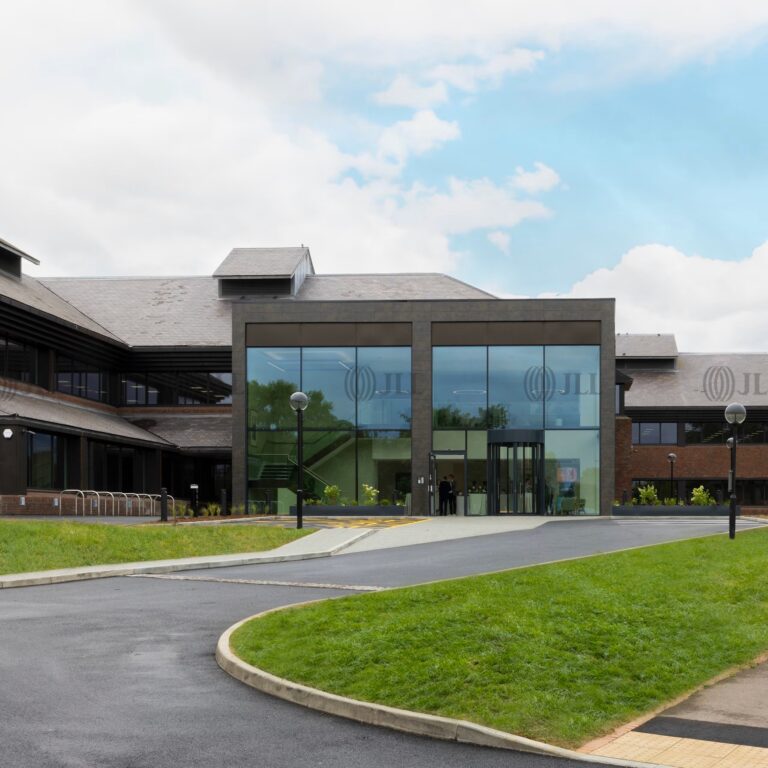
Posted: 18 August 2025
Enhancing Critical Connectivity at Surrey Research Park
Case Study, Connectivity, Survey
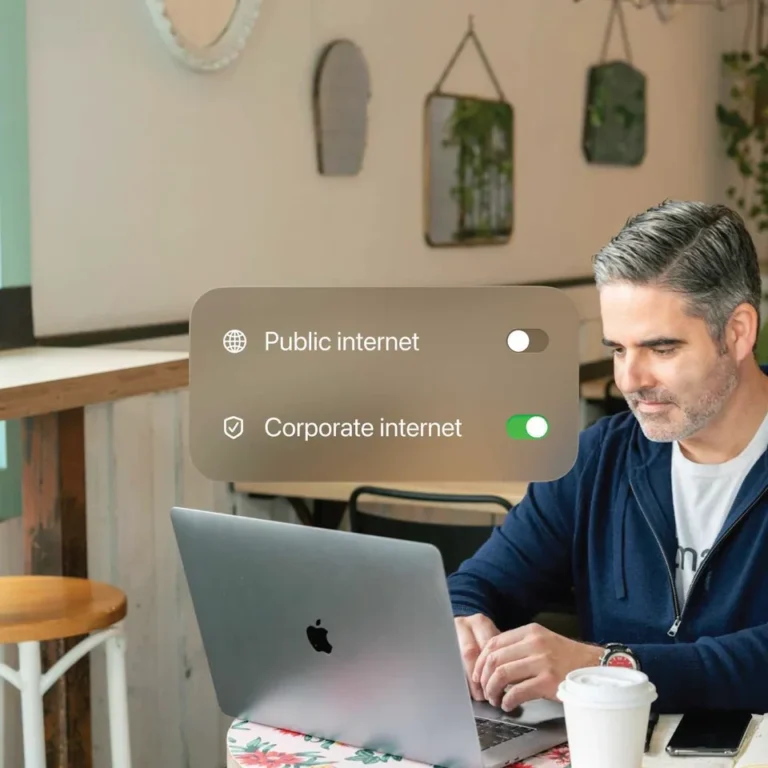
Posted: 14 July 2025
Secure Mobile Connectivity for Businesses: A Must-Have for Travel
Connectivity, Internet, Mobile, Remote Working, Scam Awareness, Wifi
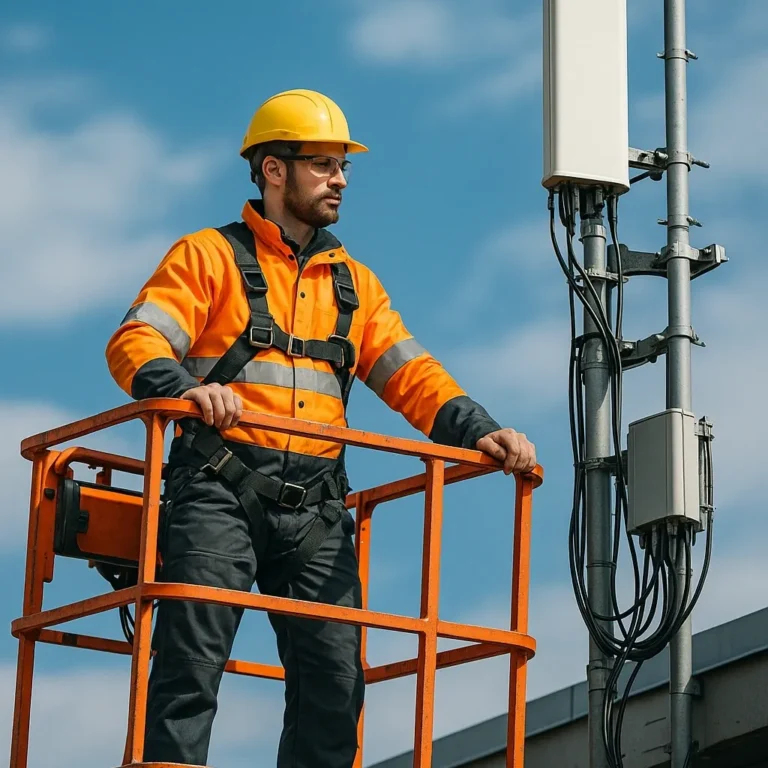
Posted: 14 July 2025
Why IPAF Certification Matters – What It Means for Our Customers
Connectivity, Internet, Mobile, Survey, Telephony, Wifi

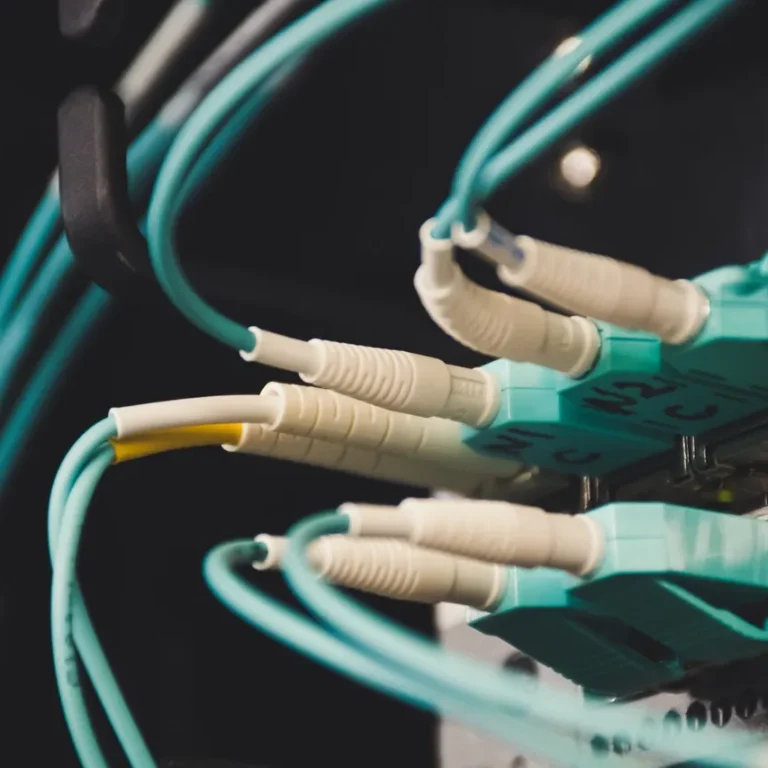
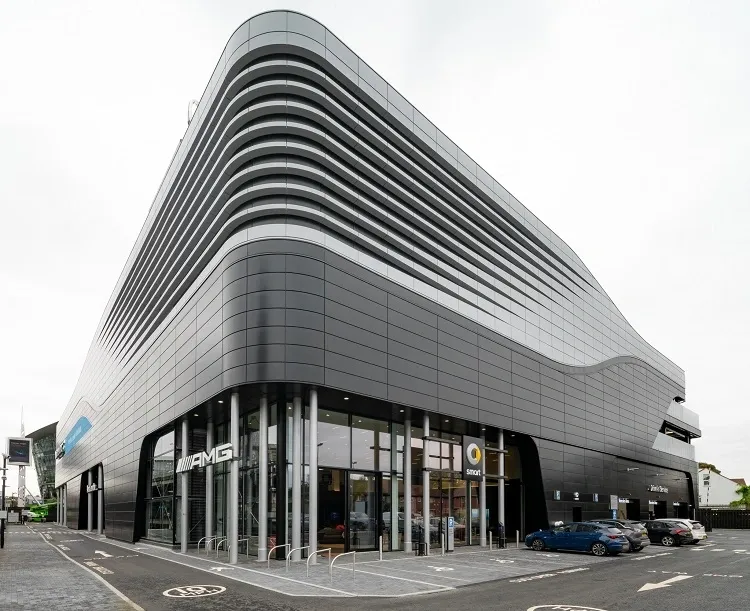




Environmental Statement
Litenet want to reduce the impact of our organisation on the planet and there are many ways we achieve this.
Read more


